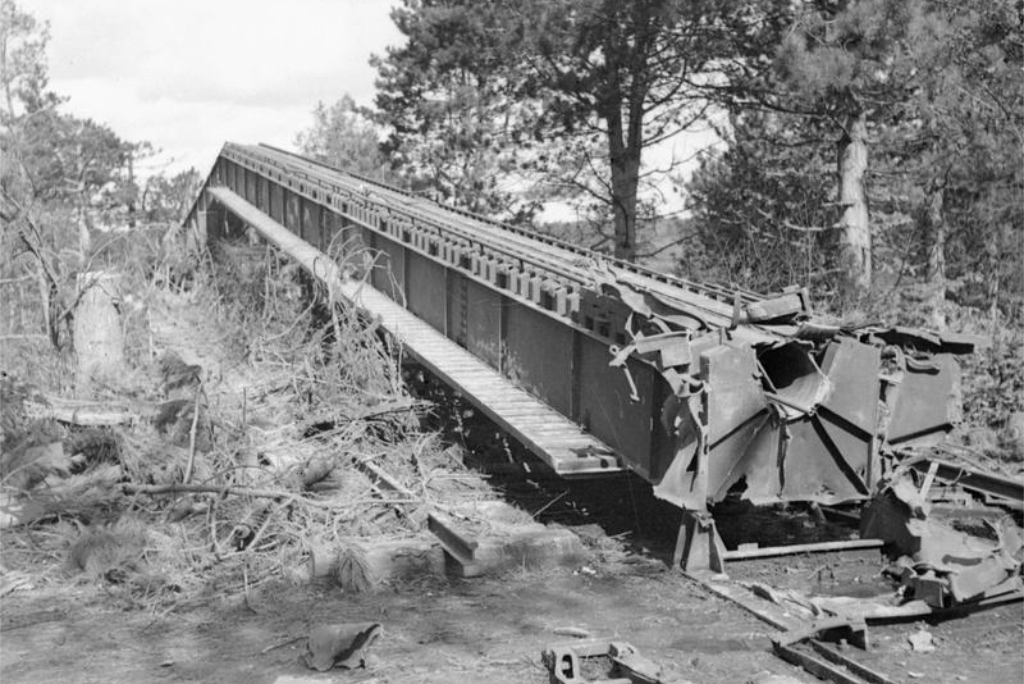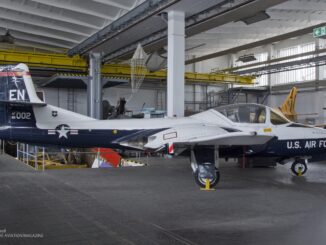 On 13th June 1944, the first V-1 flying bombs, launched within Operation Eisbär (English: polar bear), reached England.
On 13th June 1944, the first V-1 flying bombs, launched within Operation Eisbär (English: polar bear), reached England.
The German flying bomb, at first known as Fieseler Fi 103 but then officially designated Vergeltungswaffe 1 (Vengeance Weapon no. 1) was developed in the early 1942 by Fritz Gosslau and Robert Lusser, who at that time worked for the Fieseler company.
According to its creators, the flying bomb had to be able to fly a distance of up to 300 kilometres at an average speed of 700 kph, with a payload of approximately 500 kilograms. Such characteristics attracted attention of Reichsluftfahrtministerium (Reich Aviation Ministry – RLM), and the project was approved for further development on 19th June 1942. The flying bomb received a secret name Flakzielgerät 76 (target drone system) and the development programme was code named Kirshkern (cherry stone).
The RLM had assigned engine development to Argus, fuselage of the flying bomb to Fieseler and its guidance system to Askania. The first flight of the new aircraft took place on 10th December 1942, when the Fi 103 was dropped from a Focke-Wulf FW 200 ´Condor´ aeroplane. On 26th May 1943, the flying bomb was approved for serial production.

Nevertheless, usual tensions among the Third Reich authorities, constant changes of already approved plans and switching production focus from one item to another, caused a significant delay in operational introduction of the new weapon. The serial production of the Fi 103 started almost a year since the official approval – and for the first time the flying bomb was used only on 12th June 1944.
However, it was reported that none of the nine Fi 103s launched on that day reached England. Only the next day, on 13th June 1944, four V-1s managed to fly across the English Channel, opening new chapter in history of aviation – bomb raids performed by unmanned aircraft.
The first significant, and therefore successful, attack on England was performed during the night of 15/16 June, when seventy-three flying bombs reached London and other fifty-three hit their targets in Portsmouth and Southampton.
More information about the Fi 103 can be found in our article within the Photo of the Week series – Fieseler Fi 103.

Cover photo: Fieseler Fi 103 flying bomb, exhibited at Deutsches Museum in Munich, October 2012. All Imperial War Museums´ photos used under IWM Non-Commercial licence.



